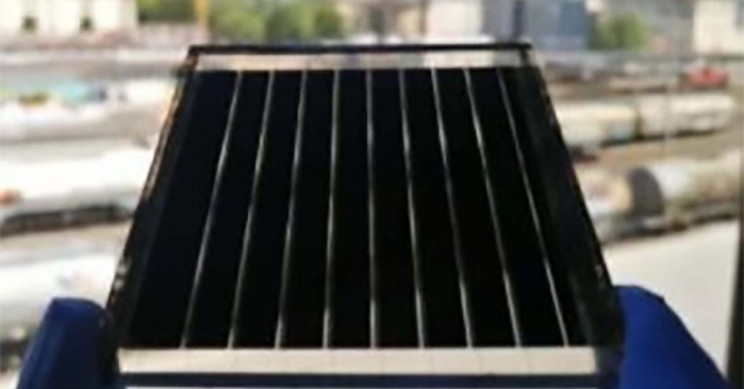Scientists across Europe have teamed up under the DELICAT (Demonstration of Lidar based Clear Air Turbulence) project to develop a new laser scanner for aircraft that will assist pilots in avoiding atmospheric turbulence.
The LIDAR system, which is currently undergoing tests in Germany, measures density in the atmosphere so pilots can potentially foresee any turbulence that may be afoot. When a plane flies through vortices, which are strong breaks in the air, the plane’s airflow is disrupted and its altitude can drastically change and cause injury.
Atmospheric turbulence is the leading cause of injury in non-fatal aircraft incidents. According to researchers, up to 40% of turbulence is still undetectable by current technology. This new system sends forward shortwave ultraviolet laser radiation that can measure the density of the air in the forthcoming flight path. This is measured by how the reflected light is dispersed through the air by molecules of oxygen and nitrogen.
This could be vital in avoiding turbulence and injuries. Vortices are invisible, which makes it more or less impossible for pilots to fully detect and avoid them so a new Lidar system such as this could make flight planning a little bit safer.
“The objective of DELICAT is to validate the concept of LIDAR based medium range turbulence detection, allowing efficient protection of the passengers and crew by actions such as seat belts fasten,” says a statement on DELICAT’s website detailing their objectives with the research. “The validation will be based on the comparison of the information on a turbulent atmospheric area, provided on one side by the remote LIDAR sensor and on the other side by the aircraft sensors (acceleration, air speed, temperature).”







